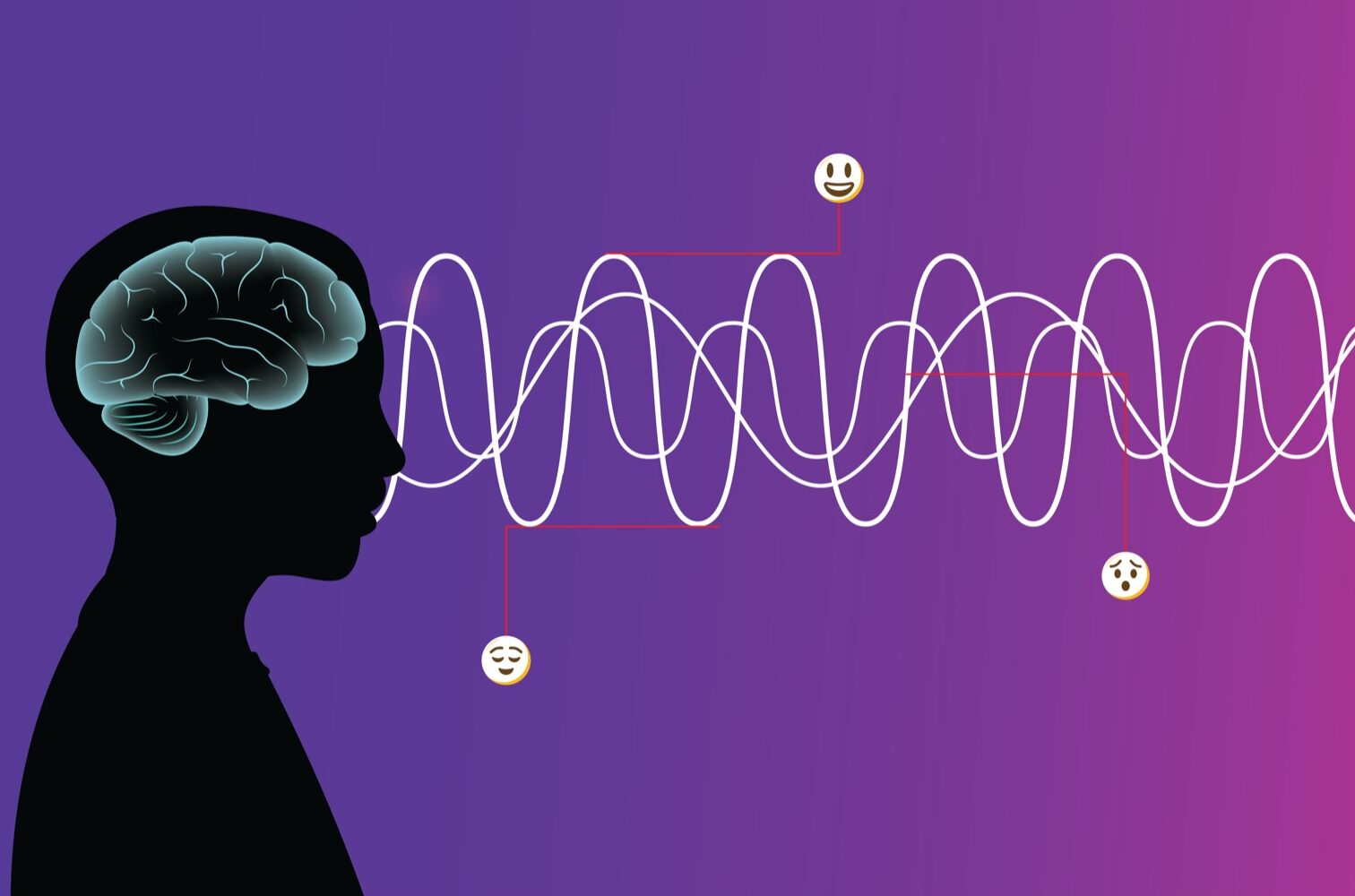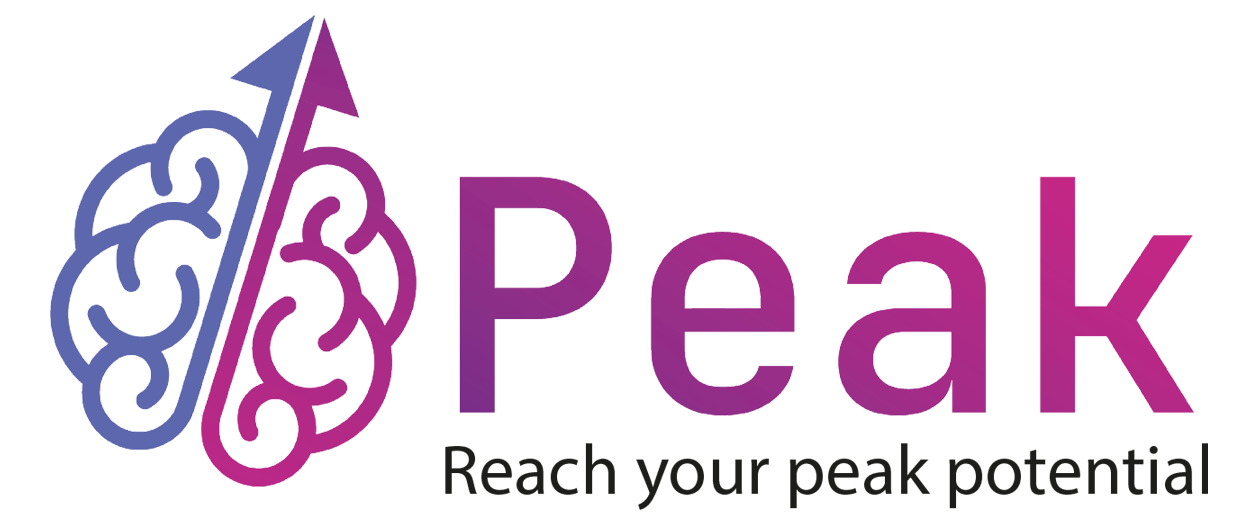Our brain, the magnificent conductor of our body, orchestrates a symphony of electrical activity known as brainwaves. These rhythmic patterns of neural communication not only govern our cognitive processes but also offer valuable insights into our emotional landscape. In this blog, we delve into the fascinating world of brainwaves and explore how they intricately reflect our feelings, providing a window into the inner workings of our minds

The Language of Brainwaves:
Brainwaves are classified into different frequencies, each associated with distinct mental states and emotional experiences. Delta waves (0.5-4 Hz) are linked to deep sleep and relaxation, while theta waves (4-8 Hz) are associated with creativity and daydreaming. Alpha waves (8-12 Hz) indicate a relaxed state, while beta waves (12-30 Hz) signify active concentration and alertness. Finally, gamma waves (above 30 Hz) are associated with heightened focus and heightened states of consciousness.
Emotional Expression in Brainwaves:
Research has revealed a remarkable connection between brainwave patterns and our emotional states. For instance, specific brainwave patterns can indicate feelings of calmness, joy, or stress. Alpha waves are often observed in states of relaxation and positive emotions, while beta waves can reflect excitement or anxiety. Moreover, abnormal brainwave patterns may be associated with mood disorders such as depression or anxiety.
Unleashing Emotional Potential:
Understanding the connection between brainwaves and emotions opens up new avenues for personal growth and self-discovery. By becoming aware of our brainwave patterns and their correlation with emotional states, we can proactively work towards cultivating positive emotional experiences. Through practices such as mindfulness, meditation, and neurofeedback training, we can train our brain to optimize its wave patterns and foster a more harmonious emotional landscape.

Neurofeedback and Emotional Regulation:
Neurofeedback, a groundbreaking technique, allows individuals to gain awareness and control over their brainwaves, leading to improved emotional regulation. By providing real-time feedback on brainwave activity, individuals can learn to modulate their brainwave patterns, promoting emotional balance and well-being. This personalized approach empowers individuals to better understand and regulate their emotions, leading to enhanced emotional resilience and a greater sense of self-control.


In conclusion:
the relationship between brainwaves and emotions offers a captivating insight into the depths of our minds. By exploring and harnessing this connection, we can embark on a transformative journey towards emotional well-being and self-empowerment. So let us embrace the symphony of our brainwaves and embark on a quest to unlock our true emotional potential, ultimately leading to a more fulfilling and enriched life.



